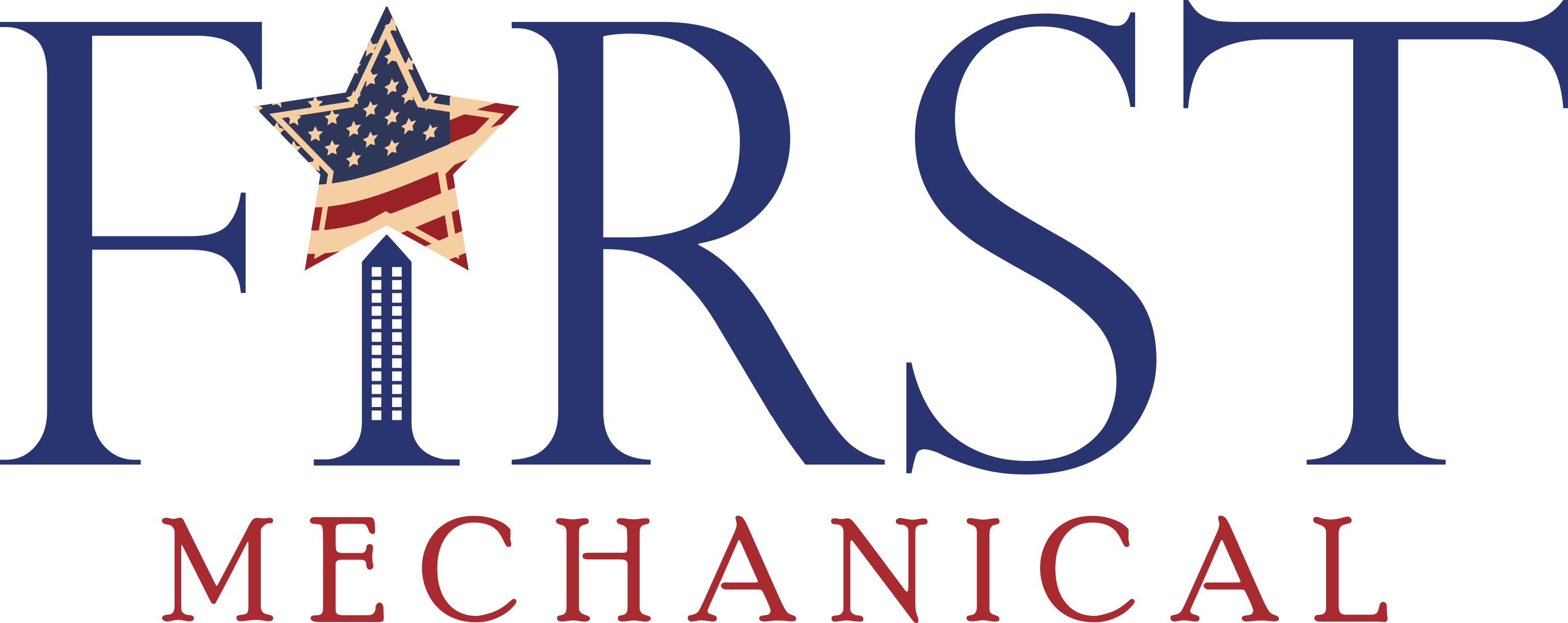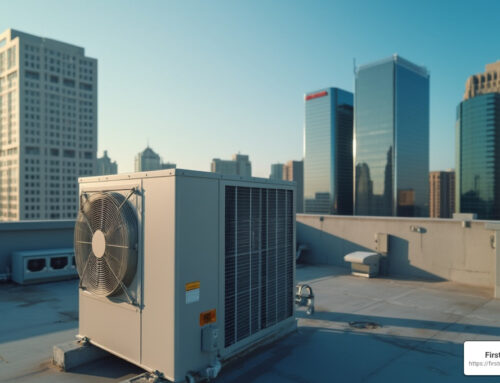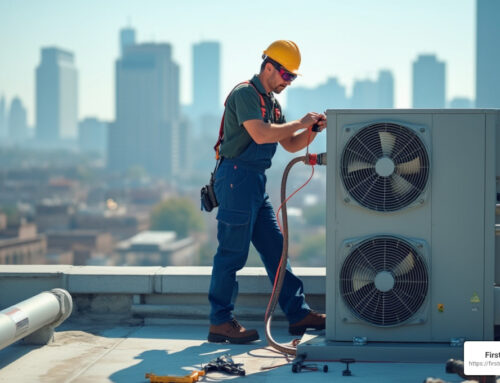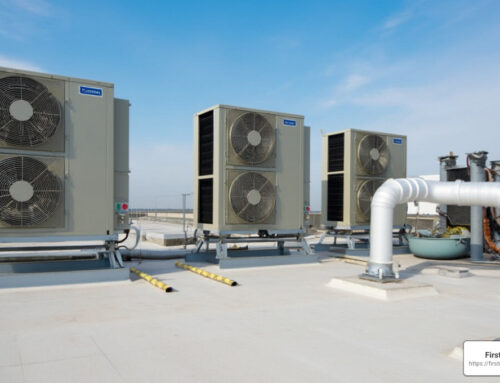
About the Author:
As a seasoned professional in the commercial air conditioning industry, I’ve spent years helping businesses optimize their HVAC systems for maximum energy efficiency. With a deep understanding of the complexities involved in commercial cooling, I’m passionate about sharing practical tips and strategies to help businesses reduce energy costs while minimizing their environmental footprint.
In today’s fast-paced business environment, optimizing energy efficiency is more critical than ever. Not only does it help reduce operational costs, but it also demonstrates a commitment to sustainability, which is increasingly important to consumers and stakeholders alike. In this post, I’ll share ten practical tips for maximizing energy efficiency in commercial air conditioning systems, tailored specifically for businesses in the Tampa, FL area. Learn More
Understanding the Importance of Energy Efficiency
Before diving into specific strategies, it’s essential to understand why energy efficiency matters. Commercial air conditioning systems can account for a significant portion of a building’s energy consumption, particularly in warm climates like Tampa. By improving the efficiency of these systems, businesses can:
- Reduce Operating Costs: Lower energy consumption means lower utility bills, resulting in significant cost savings over time.
- Enhance Environmental Sustainability: Energy-efficient practices reduce greenhouse gas emissions and minimize environmental impact.
- Improve Comfort and Productivity: Efficient cooling systems ensure a comfortable indoor environment for employees, customers, and visitors, leading to increased productivity and satisfaction.
Practical Tips for Maximizing Energy Efficiency
1. Regular Maintenance and Tune-ups
Regular maintenance is key to ensuring optimal performance and energy efficiency in commercial air conditioning systems. Schedule biannual maintenance checks with a licensed HVAC technician to inspect, clean, and tune-up your system. This helps identify and address any potential issues before they escalate, keeping your system running smoothly and efficiently.
2. Invest in High-Efficiency Equipment
When it comes time to upgrade or replace your commercial air conditioning system, prioritize energy-efficient equipment. Look for units with high Seasonal Energy Efficiency Ratio (SEER) ratings, which indicate greater energy efficiency. Upgrading to energy-efficient models may require an initial investment, but the long-term savings on energy costs make it a worthwhile endeavor.
3. Optimize Thermostat Settings
Adjusting thermostat settings can have a significant impact on energy consumption. During business hours, set thermostats to maintain a comfortable temperature for occupants. However, consider raising the temperature by a few degrees during non-business hours or when the building is unoccupied. Installing programmable or smart thermostats allows for automated temperature adjustments based on occupancy schedules, further optimizing energy usage.
4. Implement Zone Control Systems
For larger commercial spaces, consider implementing zone control systems to tailor cooling levels to specific areas or zones within the building. This allows for more precise temperature control, ensuring comfort where it’s needed most while minimizing energy waste in unoccupied areas.
5. Enhance Insulation and Sealing
Proper insulation and sealing are crucial for minimizing air leakage and maintaining consistent indoor temperatures. Inspect windows, doors, ductwork, and other potential leak points for gaps or damage, and seal them as needed. Additionally, invest in adequate insulation to reduce heat transfer and improve energy efficiency.
6. Utilize Energy Recovery Ventilation
Energy recovery ventilation (ERV) systems capture and transfer heat energy between incoming and outgoing air streams, reducing the need for additional heating or cooling. By recovering energy that would otherwise be wasted, ERV systems help improve overall energy efficiency and indoor air quality.
7. Implement Demand-Controlled Ventilation
Demand-controlled ventilation (DCV) systems adjust ventilation rates based on occupancy levels and indoor air quality, optimizing energy usage while ensuring adequate ventilation. By modulating airflow in response to real-time conditions, DCV systems help minimize energy waste without compromising indoor air quality.
8. Upgrade Lighting Systems
In addition to optimizing HVAC systems, upgrading lighting systems to energy-efficient alternatives can further reduce energy consumption. Replace outdated incandescent or fluorescent bulbs with LED lighting, which consumes less energy and produces less heat, reducing the load on air conditioning systems.
9. Educate Occupants on Energy Efficiency Practices
Engage building occupants in energy efficiency efforts by providing education and training on best practices. Encourage employees to turn off lights and electronics when not in use, and promote energy-saving behaviors such as utilizing natural daylighting and adjusting thermostat settings appropriately.
10. Monitor and Analyze Energy Usage
Finally, regularly monitor and analyze energy usage data to identify trends, pinpoint areas of inefficiency, and track the impact of implemented strategies. Utilize energy management software or smart building technologies to gain insights into energy consumption patterns and make data-driven decisions to further optimize efficiency. Addition Information Here
Conclusion
Maximizing energy efficiency in commercial air conditioning systems is a multifaceted endeavor that requires a combination of proactive maintenance, strategic investments, and behavioral changes. By implementing the ten tips outlined above, businesses in Tampa can reduce energy costs, minimize environmental impact, and create a more comfortable and sustainable indoor environment for occupants.
Remember, optimizing energy efficiency is not only beneficial for the bottom line but also demonstrates a commitment to environmental stewardship and corporate responsibility. By taking proactive steps to improve energy efficiency, businesses can contribute to a greener, more sustainable future for Tampa and beyond.










